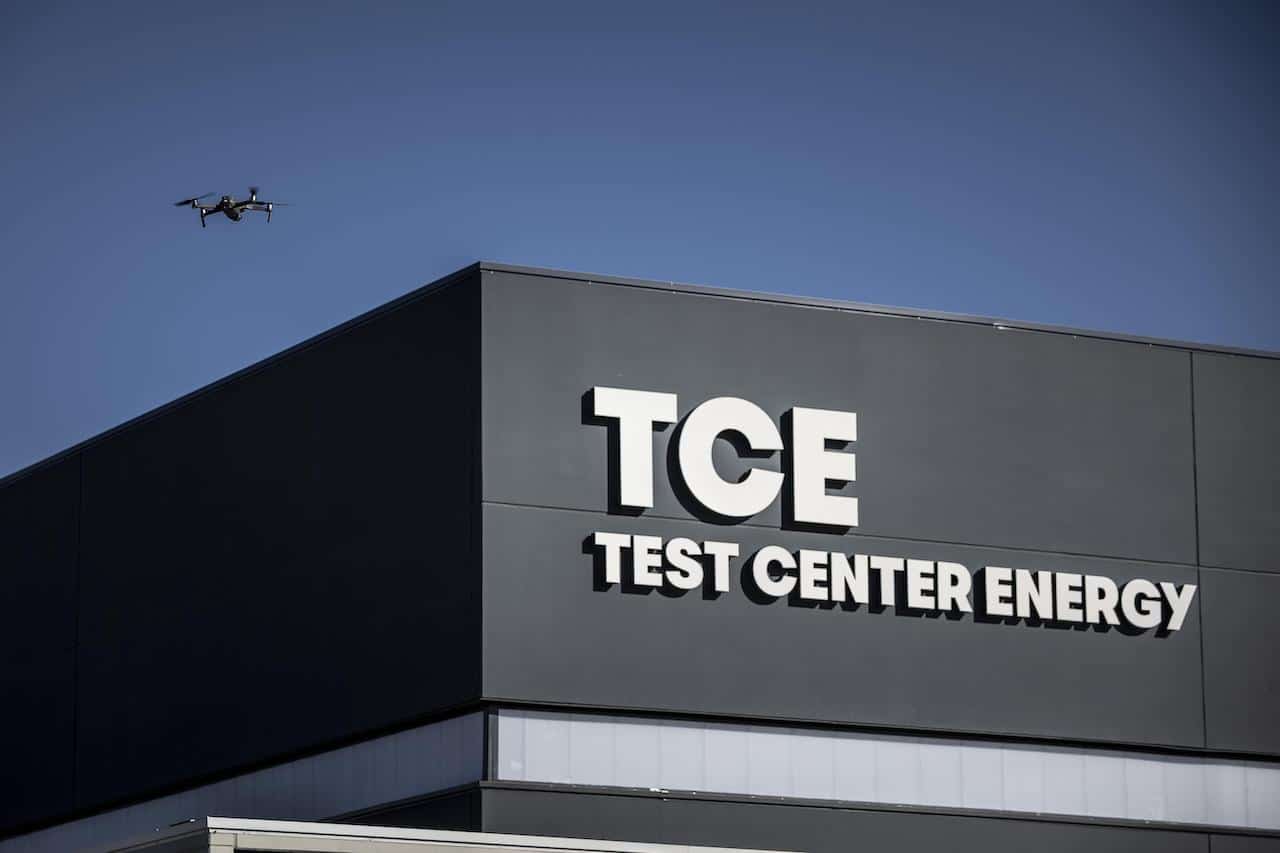This pioneering centre in southern Europe is used to develop the energy systems of electric and plug-in hybrid vehicles
Martorell – The journey towards electrification requires an industrial transformation at all levels. Within this framework, SEAT S.A. closed 2021 by inaugurating the Test Center Energy (TCE), a pioneering battery research and development center for electric and plug-in hybrid vehicles. The facility represents a major step forward in the company’s commitment to boosting electrification in Spain, and to transform the country into a leading European hub for electric mobility. Here are six key figures about the first battery center of its kind in southern Europe.
Up to 6,000 analyses per year
The Test Center Energy has the capacity to perform up to 6,000 complete high-voltage system tests (battery, load, safety) per year. “This center allows us to position ourselves as a benchmark in the development of solutions for sustainable mobility,” says Josep Bons, Head of Electrical and Electronic Engineering at SEAT S.A. Its 1,500 square meters of floor space are used to develop and test the performance of the power systems of electric and hybrid vehicles for CUPRA, SEAT, and SEAT MÓ, as well as other Volkswagen Group brands. As a result, the center’s activities never stop, operating 24 hours a day, 365 days a year.
Similar to 350 households at full power
That’s the equivalent of the center’s testing capacity. “1.3 megawatts of testing capacity, which is what 350 households would consume with all their devices connected at the same time, or more than 100,000 mobile phones charging simultaneously” explains Francesc Sabaté, Head of the TCE. Along with Sabaté, more than 25 highly qualified professionals work at this facility.
5 test benches and 5 climatic chambers
At the TCE, they reproduce all kinds of situations a battery could face, including fast and slow driving simulations, different slopes or road surfaces, and also different weather conditions. “ This way, we put batteries to the limit. It allows us to guarantee their perfect operation in any circumstances throughout their life cycle” says Sabaté.
From -25ºC to +55ºC
In the climatic chambers, the batteries are exposed to extreme temperatures, which can differ by up to 80 degrees centigrades. “Our hybrid and electric vehicles are sold all over the world. With these tests, we verify that the batteries will work perfectly in hot areas such as Mexico, as well as in cold countries like Sweden, where temperatures easily drop to well below zero degrees in winter” he adds.
17,500 hours of testing
This is the average amount of time that each battery is tested. “Multiple charge and discharge cycles are applied to them at different temperature profiles, monitoring in real-time all the parameters of the cells and the battery as a whole,” says Sabaté. The focus today is on the batteries of the MEB (electric) and MQB (hybrid) platforms as well as different chargers used in electrified vehicles. Batteries are not only analyzed individually but also after they’ve been integrated into the vehicles. “On average, a total of 900 static tests and 2,500 dynamic tests are carried out for a single project”, according to Sabaté.
120 solar panels
The Test Center Energy represents a commitment to sustainability in every sense – in the promotion of electrification and also in design. Thanks to the systems used to build it, it has obtained LEED® certification as a leading facility in energy efficiency and sustainable design. The 120 solar panels on its roof save 39 tonnes of CO2 per month. In addition, its indoor temperature is self-regulating thanks to 95 dynamic blinds on its facade that move to make efficient use of outside light.


